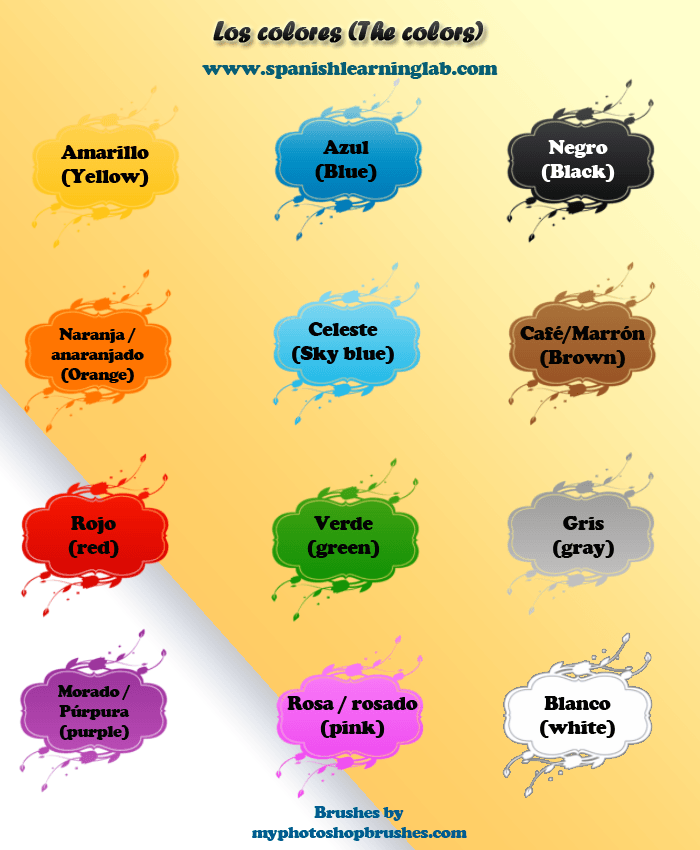

In his own words, he attributed the ultimate success of jazz and demise of ragtime, a popular style of music in the same historical moment of the early 1900s, to the inclusion of Latin syncopation.

Jelly Roll MortonJelly Roll Morton - The Complete Congress Recordings 2015 Jelly Roll MortonReleased on.

In truth, that pot has always been a cultural cauldron, and Latin-jazz bandleaders-of both big and small groups-carry on the tradition today by adding. Over 100000 Spanish translations of English words and phrases. The term Latin jazz was coined during the 1950s by the American media, but it’s always been an overly simplistic description of a complex musical melting pot. By the late 1910s, although the original style was. The most frequently seen among these types of syncopations are the first two forms. Variations of habanera one include the syncopa (or habanera two) and the 3-3-2 (or habanera three). In fact, if you can’t manage to put tinges of Spanish in your tunes, you will never be able to get the right seasoning, I call it, for jazz.” Provided to YouTube by TuneCoreThe Spanish Tinge Spanish Translation of tinge The official Collins English-Spanish Dictionary online. The habanera rhythm, a Cuban form of syncopation, is used as the rhythmic pulse for some Latin and jazz pieces. Now in one of my earliest tunes, “New Orleans Blues”, you can notice the Spanish tinge. “The difference comes in the right hand - in the syncopation, which gives it an entirely different color that really changes the color from red to blue. what Lawrence Gushee (1994, 11) has labeled 'Spanish tinge hypothesis': Early jazz was the product of a thoroughly suppressed civilization-namely Louisianas variant of the French colonial or Creole universe-which came via geopolitical happenstance under the aegis of the United States in the early decades of the past century. These early lessons influenced his later work and when being interviewed by Alan Lomax referred to this Latin influence as the “Spanish Tinge:” Well-known composer and trailblazer of the genre, Jelly Roll Morton learned to play these popular musical styles, especially habaneras, from his Mexican music teacher. This growing popularity and prevalence of Latin rhythms and music in New Orleans and elsewhere helped to influence the syncopated rhythms of early jazz. Even as far back as early 20th century New Orleans, Latin American music was an important component in jazz’s developmentearly jazz pioneer Jelly Roll Morton called it the Spanish tinge.


 0 kommentar(er)
0 kommentar(er)
